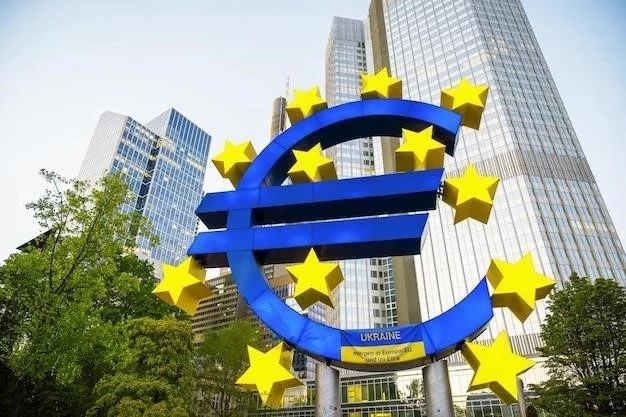Table content
# Why Stocks in Europe Are Surpassing the S\&P 500 This Year
### Main Points
* The newest report from Morgan Stanley emphasizes that stocks in Europe are surpassing stocks in the U.S. by the biggest difference since 2000.
* Desires for increased military spending and a possible settlement to the conflict in Ukraine are encouraging anticipations of financial expansion in Europe.
* Current financial data implies that the financial system of Europe is becoming stable, with likely interest rate decreases offering additional assistance this year.
Following more than ten years of uninspired performance, stocks in Europe are finally experiencing their high point.
Thus far in the year, the DAX index in Germany has risen almost 17%, while the CAC 40 in France is up 11.5%, and the FTSE 100 in the UK has increased nearly 9%. Conversely, the S\&P 500 has grown less than 1% since the start of the year. According to a current report from Morgan Stanley, stocks in Europe are exceeding their U.S. equivalents to a degree unseen since 2000.
Stocks in Europe seem especially appealing moving into 2025, even after their latest increases. The MSCI Europe index presently trades at a forward price-to-earnings (P/E) ratio of only 14x, considerably lower than the U.S. market’s 22x – the biggest valuation difference in decades. This could tempt shareholders cautious of elevated U.S. valuations and unsure financial outlooks to move their attention to Europe, searching for possibly greater yields.
## Military Spending and Rebuilding of Ukraine Could Improve Financial Systems in Europe
Experts at Morgan Stanley think that elements beyond just U.S. valuations are attracting shareholders to Europe.
The continuous war in Ukraine, currently in its third year, may soon observe a settlement, which could additionally improve stocks in Europe. The World Bank approximates that rebuilding Ukraine over the coming ten years could need almost \$500 billion in construction spending.
The cessation of hostilities might restore Russian gas deliveries, thereby reducing energy expenses across Europe and alleviating inflation. The European financial system, following a period of slow expansion, appears to be experiencing a turnaround. Recent enhancements in Purchasing Managers’ Indices (PMI) indicate that the service and industrial sectors are rebounding. LSEG statistics reveal that European M&A activity rose by more than 20% annually during the initial two months of 2025. Morgan Stanley indicates that experts are progressively more sanguine about corporate earnings expansion on the continent.
Experts generally anticipate that stimulus initiatives, encompassing augmented defense expenditures or assistance for Ukraine’s rebuilding, will assist the European economy in surmounting its current challenges. European monetary policy is also anticipated to be more accommodating than that of the United States, where investors have notably reduced their anticipations for interest rate reductions this year. Peter Oppenheimer, Chief Global Equity Strategist at Goldman Sachs Research, stated in a recent report: “Elevated fiscal outlays following the German elections, and European governments advocating for deregulation and growth promotion, imply that circumstances might not be as unfavorable as the market is currently assessing.”
Nevertheless, there remain grounds for prudence. The Trump administration’s attitude towards NATO allies, accusing them of freeloading, has motivated European leaders to contemplate escalating defense spending, which has recently invigorated defense stocks. Morgan Stanley analysts posited that President Trump’s stance on Russia and Ukraine “could be construed as a significant alteration in global partnerships.” Given the multitude of uncertainties and the position of the United States. Toncoin (TON) Value Forecast for March 26th
The calculated arrangement seems to be determined immediately, although concrete doubt lingers.


